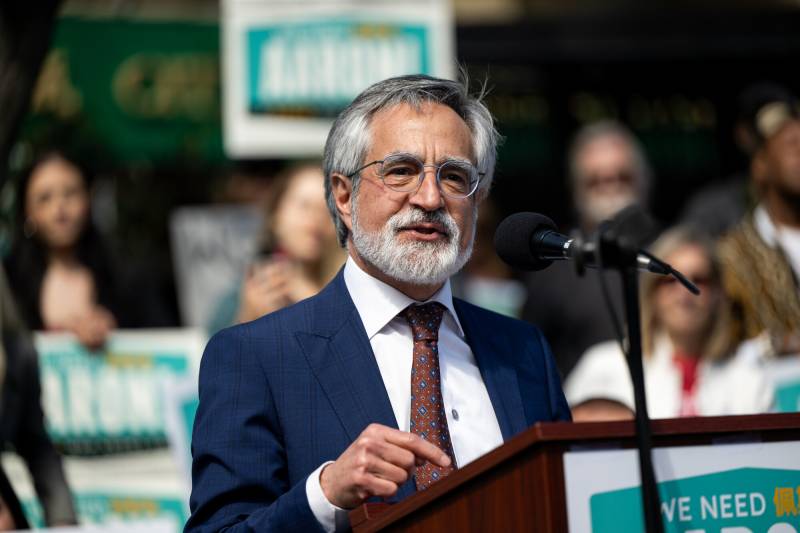What is special about Peskin’s idea?
The Workforce Housing & Affordable Middle-Income (WHAMI) Act would use government-issued revenue bonds to build affordable housing specifically for people earning 80%–120% of the area median income (AMI). Think teachers, firefighters, service workers and others who might make too much to qualify for low-income housing but not enough to pay market-rate rent prices.
Unlike other bonds, revenue bonds don’t require voter approval. Instead, each project would have to make its way through city departments and eventually be approved by the Board of Supervisors to receive funding.
According to the mayor’s office, some programs already exist with funding for middle-income housing, including an affordable housing construction program for people earning 105% of the median area income. A notable example from the program is the Shirley Chisholm Village, a 135-unit workforce housing development set to open this fall in the Outer Sunset.
How would it be affordable?
Peskin’s office says his program would cap rents at 15% below market rate and ensure that tenants eligible for the program earn no more than 120% of the median income annually. A spokesperson from his office asserted that the capped rents would “grow slower than market rate” while still covering bond repayment.
Today, the median rent for a two-bedroom apartment in San Francisco is $3,902, according to real estate company Zillow. For a family of four making 120% of the median income — or $179,800 — that rent would make up about 26% of their monthly income.
What do affordable housing developers say?
Peskin’s program would set rents similar to how other city-led affordable housing programs maintain affordability.
Let’s take that same family of four: Under other programs, the base rent for a two-bedroom apartment would be $3,736 per month, representing a roughly 4% discount from the median market rent. Peskin’s plan promises to provide a 15% discount from market rates, in this case resulting in the family paying $3,317 per month, which would amount to just over a fifth of their monthly income.
Critics also point to a similar public-private program that allowed developers to convert luxury apartments into government-owned middle-income housing. Instead, the developers made windfalls while local governments waived property taxes needed to fund schools and other public services.
Matt Schwartz, president and CEO of the nonprofit California Housing Partnership, said the program seems to have included all the guardrails the public-private program was missing.
“This innovative program appears to be a promising new tool to help San Francisco meet its goal of providing more affordable options for moderate income households in a responsible way that should add to the city’s affordable housing stock significantly over time,” Schwartz said in an email to KQED.
While a spokesperson from Peskin’s office said they are working with the Controller’s Office of Public Finance to ensure “guardrails will appear in the regulations,” housing advocates worry it could be a repeat of past mistakes.
“If [Peskin] wants to deliver housing, let’s do it,” Moss said. “I just worry that, at the end of the day, this is an effort to say you’re pro-housing without saying you hate market-rate housing and that’s what led San Francisco to not build housing for decades.”
Sunny Angulo, Peskin’s chief of staff, said she had spoken with affordable housing developers who said they lack financing.
“We want developers to build more affordable housing,” she said in a statement to KQED. “We welcome any collaboration with any developer that is ready to be part of the solution.”
Editor’s Note: This story has been updated to include clarifications and a correction. An earlier version of the story misidentified a public-private housing program as state-led.
